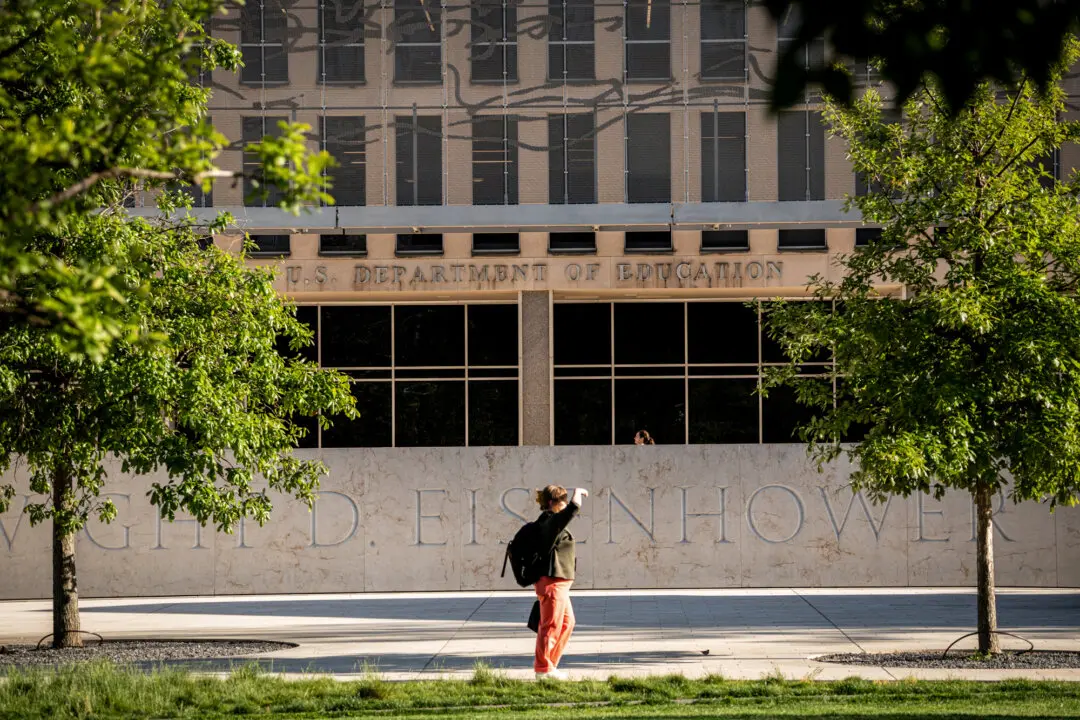A new study suggests that it was partisan politics, not science, that dictated whether school districts reopen schools for in-person classes this fall.
Researchers from the the Annenberg Institute at Brown University analyzed the reopening plans of more than 10,000, or around 75 percent, of the nation’s public school districts, trying to find which factors best predict whether a district chooses to bring students back to the classroom or let them learn remotely from home. Contrary to the common belief that school districts are “localized and non-partisan actors,” the researchers said they found evidence that the districts’ reopening decisions are very much shaped by their politics rather than science.





